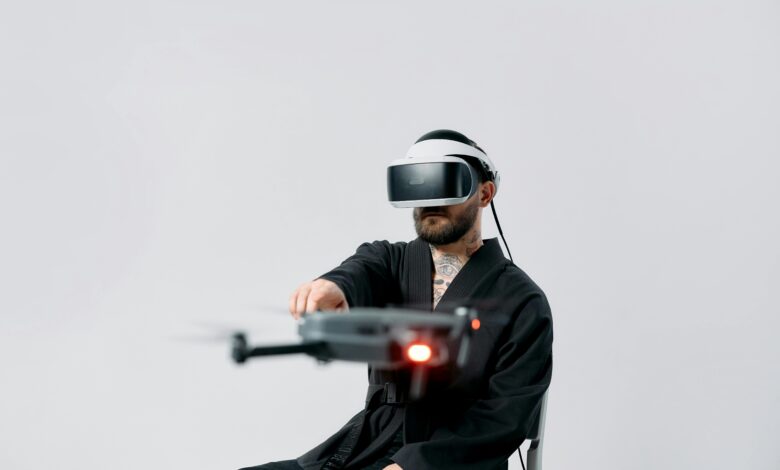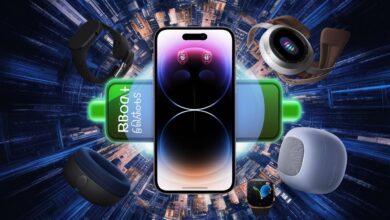AR/VR Solutions For Enhanced User Experiences

AR/VR technology merges digital content with the real world or can create a completely immersive digital environment. AR/VR Solutions can be very beneficial to businesses and individuals as they enable them to access information and interact with digital content in engaging and interactive ways by using headsets or mobile devices.
Understanding AR and VR technology
Although they look almost similar, they are different. AR adds or overlays digital content on top of the real world things. We can see AR applications in our day to day lives like Snapchat filters, Instagram lens, Ikea app etc..
On the other hand, Virtual Reality transports users to a whole new realm by use of headsets . Some popular headsets that people use include Meta Quest 3, Apple Visio pro among others.
Development of AR/VR Experiences:
Both AR and VR have come a long way:AR has evolved from marker-based tracking to GeoSpatial Tracking, allowing us to seamlessly combine with the real world environment
VR is evolving from non-immersive display screen-primarily based experiences to fully immersive environments with standalone headsets taking users to completely different environments. Typically, these immersive experiences are created using ARKit, ARCore, Unity, and
Unreal Engine. However, no-code platforms like PlugXR are being used by business owners nowadays.
In day to day life we can see vast applications of AR/VR in different sectors like :
- Education: This technology has changed the old method of teaching and learning. Students can now explore ancient civilizations, dive into cellular structures, or perform virtual experiments, breaking down geographical and physical barriers to studying.
- Retail: With the help of Augmented reality in retail technology, customers can now use their smartphones, or try-on clothes, visualize furniture in their homes, or they can try on makeup. They can use AR to create interactive product catalogs, digital VR showrooms.
- Entertainment: Beyond gaming, we’re seeing VR concerts, Immersive Art Exhibitions, Interactive storytelling, and AR-enhanced live sports. AR filters and lenses in popular social media apps like Snapchat, Instagram etc.
- Tourism: Immersive and interactive experiences that enhance travellers insights. AR-powered smartphone apps allow visitors to point their devices at iconic landmarks to uncover historical veils, bring ancient ruins back to life, city guides and virtual hotel previews are changing how we explore and plan tours.
- Healthcare: AR in healthcare is offering solutions from surgical training procedures to AR guides.
Challenges
- Limitations: The devices used for this i technology needs to become more comfortable.
- Content creation: Developing high-quality AR/VR experiences remains resource-intensive.
- Privacy concerns: The immersive nature of these technologies raises new questions about data collection and user privacy.
- Technical challenges: Maintaining high frame rates, low latency, and intuitive user interfaces in 3D spaces requires ongoing innovation.
Conclusion
This technology is continuously evolving based on how we understand and engage with the real world environment. In the future, we can expect more and more people using these technologies and implementing AR/VR solutions in their day to day lives.



